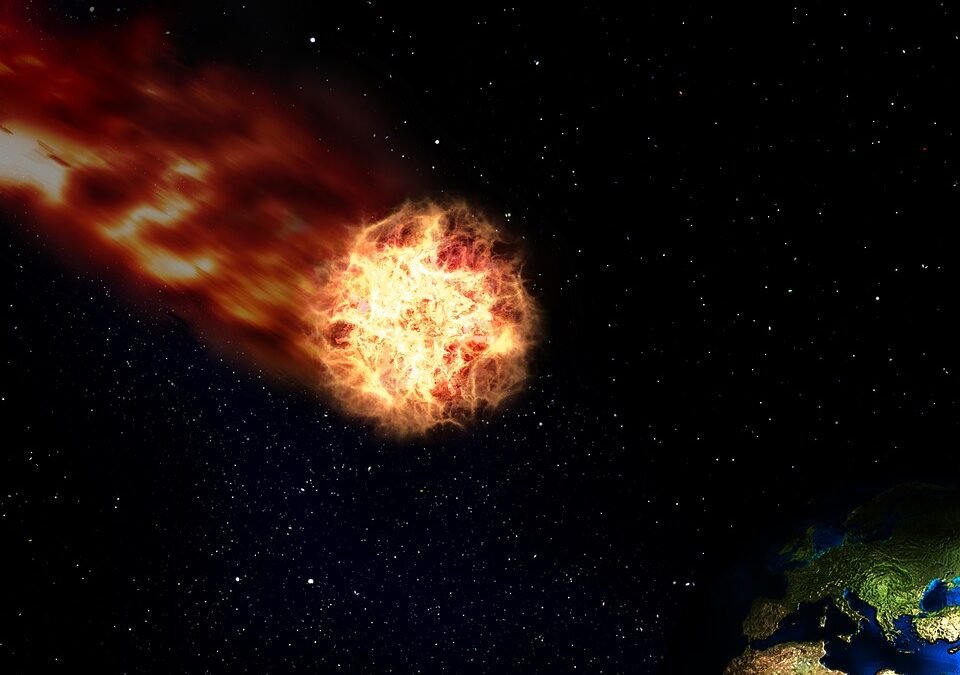From Baseball Cards to Digital Art: How NFTs are Transforming Collecting
Introduction
In recent years, the world of collecting has undergone a significant transformation with the emergence of Non-Fungible Tokens (NFTs). What were once physical items, such as baseball cards, stamps, or rare coins, can now be digitized and traded on blockchain platforms. This article explores how NFTs are revolutionizing the collecting industry, allowing for the ownership and trading of unique digital assets.
What are NFTs?
NFTs, or Non-Fungible Tokens, are unique digital assets that are stored and authenticated on a blockchain. Unlike cryptocurrencies like Bitcoin or Ethereum, which are fungible and can be exchanged on a one-to-one basis, NFTs represent individual items or pieces of content with distinct characteristics and ownership.
The Rise of Digital Collectibles
While collecting has always been a popular hobby, the rise of digital collectibles has opened up new possibilities for collectors. With NFTs, collectors can now acquire and trade unique digital assets, including digital art, music, videos, virtual real estate, and even virtual pets.
Transforming the Art Market
One of the most significant impacts of NFTs has been on the art market. Digital artists can now mint their creations as NFTs, giving them provable ownership and the ability to sell their work directly to collectors without the need for intermediaries. This has provided artists with new revenue streams and increased visibility in the art world.
The Appeal of Ownership
One of the main attractions of NFTs is the concept of ownership. Collectors can prove their ownership of a digital asset through the blockchain, creating a sense of scarcity and exclusivity. This ownership can also be transferred or sold to other collectors, creating a new market for digital collectibles.
Challenges and Controversies
While NFTs have gained popularity, they have also faced criticism and controversies. One concern is the environmental impact of blockchain technology, as the energy consumption of NFT transactions can be significant. Additionally, there have been cases of copyright infringement, where artists’ work is minted as NFTs without their permission.
FAQs
Q: How do NFTs work?
A: NFTs work by utilizing blockchain technology to create a unique digital asset that can be bought, sold, and owned. Each NFT contains metadata that defines its characteristics and ownership, making it distinct from other tokens on the same blockchain.
Q: Can I create my own NFTs?
A: Yes, anyone can create and mint their own NFTs. However, it is important to note that the value and demand for NFTs depend on various factors, including the quality and uniqueness of the digital asset.
Q: How can NFTs be used outside of collecting?
A: NFTs have expanded beyond the realm of collecting and are being used in various industries. They can represent ownership of virtual real estate in Virtual reality platforms, provide access to exclusive digital content, or even be used as a form of authentication for physical assets.
Q: Are NFTs a good investment?
A: The value of NFTs can be highly volatile, and investing in them carries risks. While some NFTs have sold for millions of dollars, others have seen a decline in value. It is crucial to do thorough research and understand the market before investing significant amounts of money in NFTs.
Conclusion
NFTs have opened up a new world of possibilities for collectors and creators alike. From baseball cards to digital art, the digitalization of collectibles has transformed the way we perceive and interact with valuable assets. While there are challenges and controversies surrounding NFTs, their impact on the collecting industry is undeniable. As blockchain technology continues to evolve, it will be fascinating to see how NFTs shape the future of collecting.

